Water Level Sensor Module — Accurate Analog Water Level Detection
The Water Level Sensor Module is a compact, easy-to-use analog water level sensor that detects liquid level using multiple parallel conductors. It outputs a voltage proportional to the detected water level, making it ideal for automatic water control, monitoring and DIY electronics projects with Arduino, Raspberry Pi and other development boards.
Why choose this analog water level sensor?
- Reliable detection: Multiple parallel conductors give stable and repeatable readings across the sensing area.
- Microcontroller friendly: Analog voltage output works directly with ADC inputs on Arduino, ESP32, Raspberry Pi (with ADC), and other MCUs.
- Compact form factor: Slim profile fits into tanks, reservoirs and small enclosures without getting in the way.
- Durable materials: Corrosion-resistant construction extends service life in wet environments.
Key Features
- Sensor Type: Parallel conductor water level sensor
- Output Type: Analog voltage proportional to water level
- Power Supply: 3.3V to 5V DC compatible
- Operating Temperature: 10°C to 30°C
- Compact, lightweight design for easy installation
- Corrosion-resistant materials for long-term durability
Technical Specifications
- Sensing method: Series of parallel traces/conductors
- Output: Analog voltage (connect to ADC pin on microcontroller)
- Power: 3.3V to 5V DC
- Operating temperature: 10°C to 30°C
- Material: Corrosion-resistant board and traces
Compatibility and Integration
This module is designed to interface easily with common development platforms:
- Arduino: Connect the analog output to an analog input pin (A0, A1, etc.) and read the ADC value to determine level.
- Raspberry Pi: Use with an external ADC (MCP3008, ADS1115, etc.) to read the analog voltage into the Pi.
- Other MCUs: Works with ESP32, STM32, PIC, and any controller with an ADC input.
Installation and Wiring Tips
- Mount vertically or at the angle that best covers your liquid range. Ensure the sensing traces will be immersed at the expected water levels.
- Connect power (3.3V to 5V), ground, and analog output to your controller. Observe correct polarity when wiring.
- For stable readings, add a small smoothing capacitor or use software averaging on the ADC readings.
- Clean sensing traces periodically in harsh water environments to maintain accuracy.
Example Use Cases
- Aquariums: Monitor water level and trigger alarms or automatic refills.
- Water tanks and reservoirs: Level sensing for pumps and float control logic.
- Irrigation systems: Measure reservoir level to prevent dry-run and automate refills.
- Water dispensers and vending: Integrate level feedback to control dispensing cycles.
- DIY projects: Easy to prototype with breadboards and development boards.
Quick Start with Arduino
- Power the module with 3.3V or 5V and connect GND.
- Connect the analog output pin to an Arduino analog input (for example A0).
- Use analogRead(A0) to read sensor values, then map or scale to the physical water level range.
Care and Maintenance
- Although corrosion-resistant, avoid prolonged exposure to aggressive chemicals.
- Inspect and clean contacts if readings become unstable.
- Store the module dry when not in use for extended periods.
Note: Images are for illustration purposes only. The actual product may vary slightly in appearance.
For projects that require precise analog water level monitoring, this Water Level Sensor Module delivers reliable performance, simple integration and a compact design that fits most tanks and reservoirs.

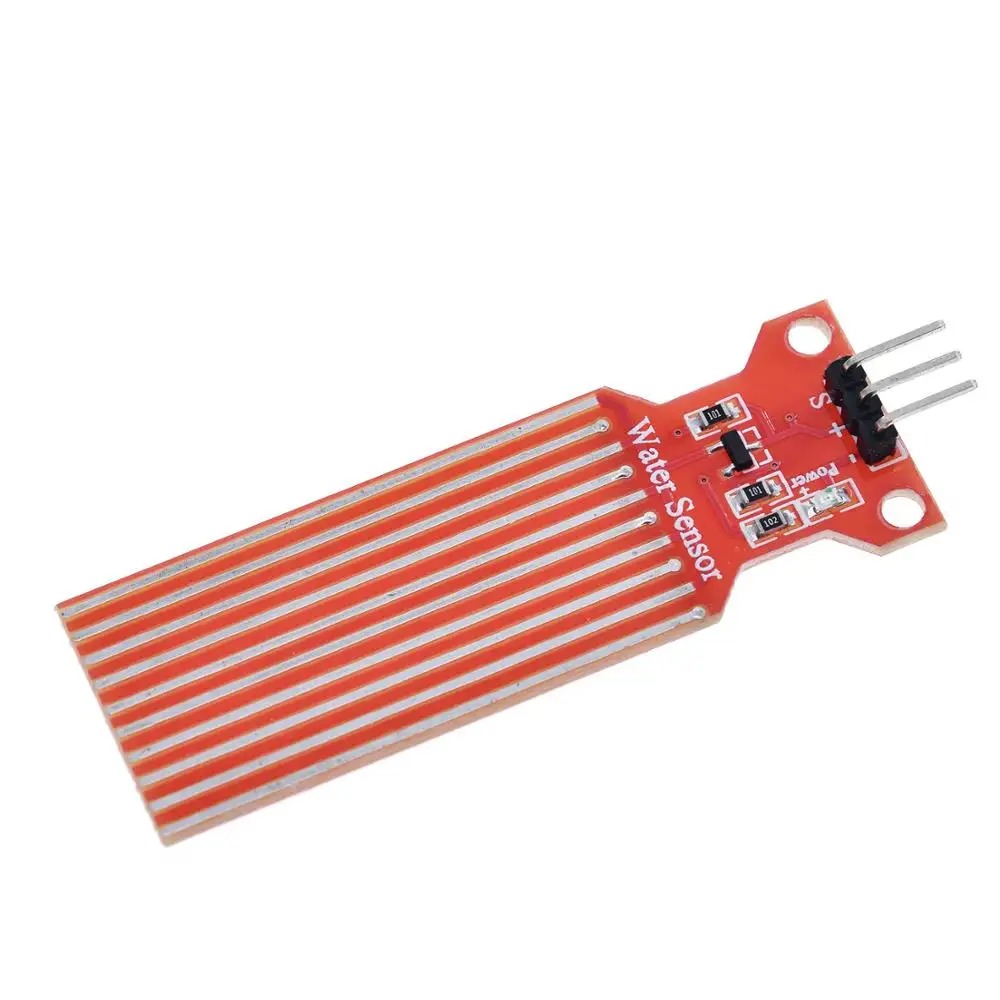
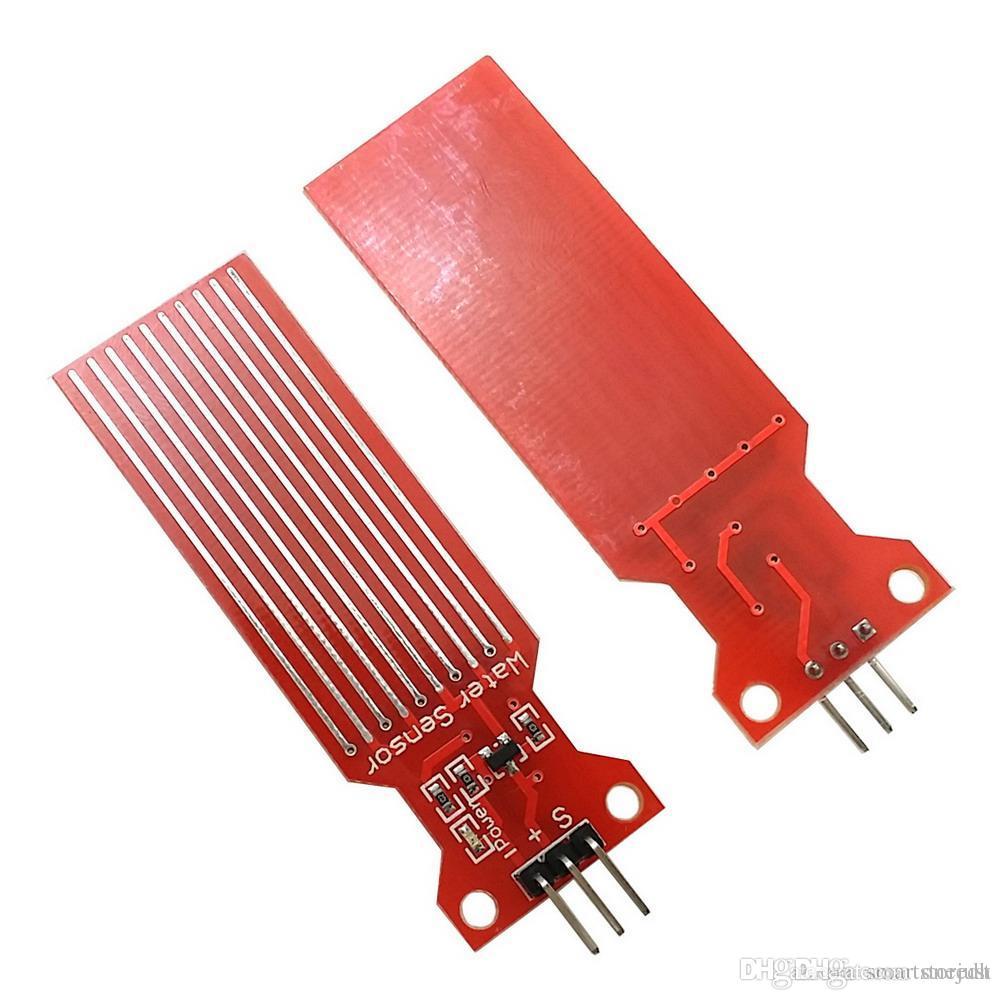
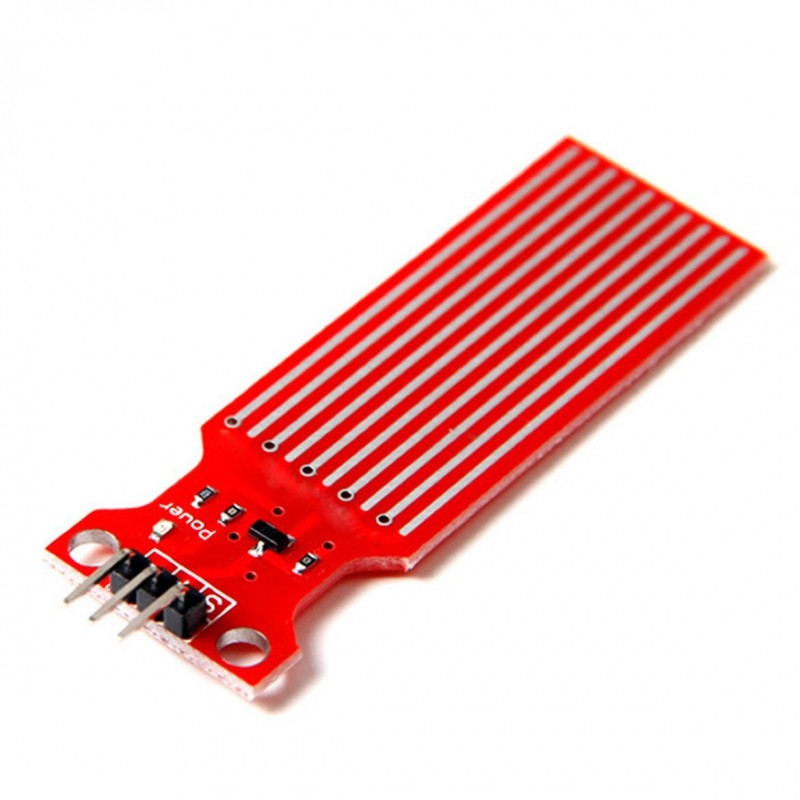

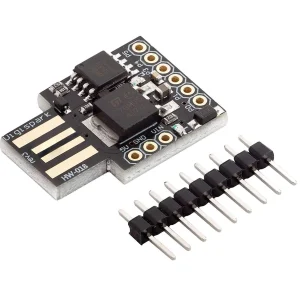
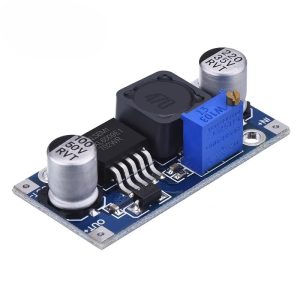
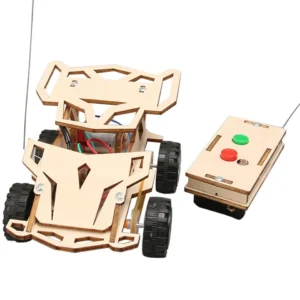
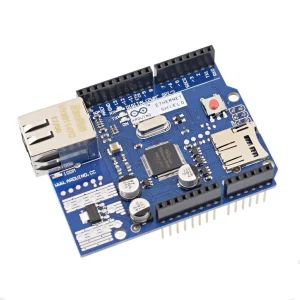
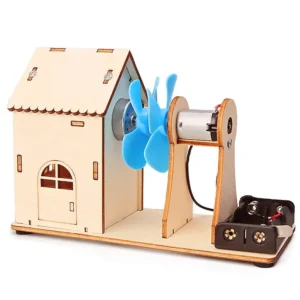
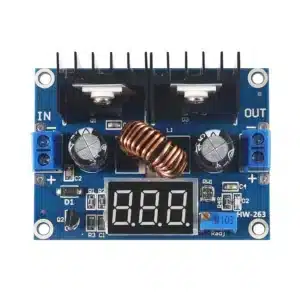
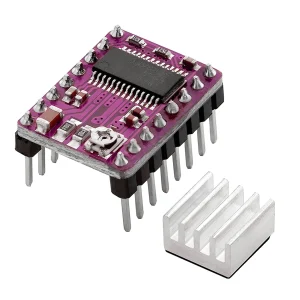
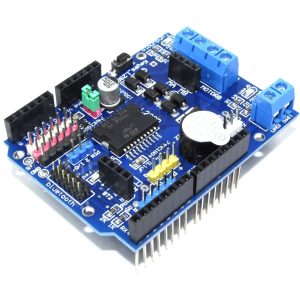
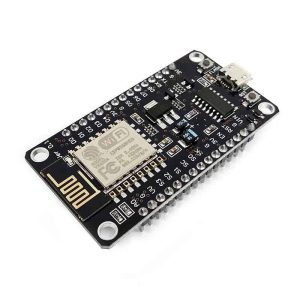
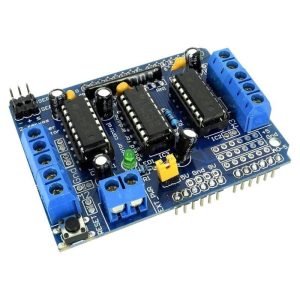

Reviews
There are no reviews yet